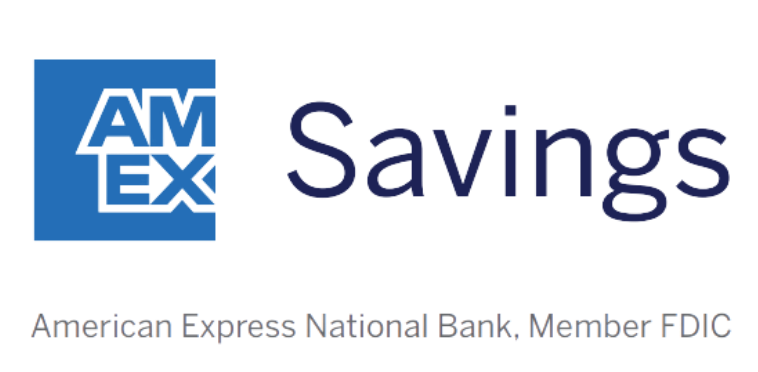Well, it happened. The Federal Reserve lowered its benchmark interest rate last month, and is expected to do so again at its next meeting. That means that we all really need to be thinking harder about where to keep the cash we’re saving for a rainy day or a big purchase.
For a lot of people, certificates of deposit represent the safest possible option for failsafe savings. The problem is that as interest rates drop, certificate of deposit rates will follow — and they’ve started falling already.
Another super safe option is Treasury notes and bonds, which could be a good choice for a lot of savers, depending on the purpose of their savings and what they intend to do with it. Let’s take a look at both and see which is the best for your savings.
Certificates of deposits: Pros and cons
A certificate of deposit is a great place to stash your cash if you want to secure an interest rate for a shorter term. Let’s say you’ve put extra cash away for your child’s college education and you just want to park it for a few years, check out high-yield CDs like the ones we recommend here at The Ascent.
Our Picks for the Best High-Yield Savings Accounts of 2024
|
Capital One 360 Performance Savings APY 4.10%
|
APY 4.10%
|
Min. to earn $0 |
|
American Express® High Yield Savings 
APY 4.10%
|
APY 4.10%
|
Min. to earn $0 |
|
Discover® Online Savings 
|
Min. to earn $0 |
Since you lock your rate when you buy your CD, you never have to worry that it will drop or your return will somehow be less than you expected, and if the bank fails, the FDIC has you insured for up to $250,000. You can draw interest from your CD, as well, or choose to roll it back in (called compounding), so it can grow even faster.
As of Oct. 1, 2024, the Federal Reserve Bank of St. Louis has measured 12-month certificates of deposit average interest rates at 4.38%, 24-month rates at 3.91%, and 60-month rates at 3.71%. CDs generally compound monthly, so that would yield you the following returns over each term if you compounded your interest earnings.
| $1,000 | $5,000 | $10,000 | $50,000 | |
|---|---|---|---|---|
| 12-month (4.38% APY) | $1,044.69 | $5,223.45 | $10,446.90 | $52,234.50 |
| 24-month (3.91% APY) | $1,081.20 | $5,406.01 | $10,812.01 | $54,060.07 |
| 60-month (3.71% APY) | $1,203.48 | $6,017.38 | $12,034.76 | $60,173.79 |
Data source: Author’s calculations.
If you expect interest rates to continue to fall for the longer term, a CD is a good way to lock in your savings interest. The longer the lock, the lower the rate, generally, but you’re taking a chance that rates will fall even further than your lock by choosing a shorter CD during a time of rate cuts.
If you have money you want to see grow, but you can’t tie it up forever, a CD might be a great choice for you.
Treasury notes and bonds: Pros and cons
If you want to lock in your rate for a lot longer than five years, you can instead opt for Treasury notes or bonds. They’re essentially the same product, just with different lock lengths. Notes are moderate-length investments: currently, Treasury notes have a 10-year term. Bonds are a longer investment, with 20- or 30-year options currently on offer.
A Treasury note or bond is a loan you make to the U.S. government, and in exchange, it pays you substantial interest, compounded semi-annually. You lock your rate in when you buy your bonds, just like when you buy a CD, but unlike CDs, you can also sell your bonds early if you need to exit your position with no direct penalties.
The market for that bond might not be there, meaning you may not be able to recapture all your money when you resell, but sometimes you can come out with quite a bit more, too, depending on how the bond is structured and what the appetite for bonds is like at the time.
The other neat thing about notes and bonds is that when you buy them, it’s at a discount to their face value, which means that you may buy a $100 bond for $95. This is additional growth on your investment on top of what interest you receive.
So, if you buy a 10-year $10,000 Treasury note for $9,500 with 3.875% interest, at its maturity, you get $10,000, and you’ll have earned interest all along the way, which should be about $4,700. Making your total return about $5,200.
Treasury notes and bonds are ideal for people who can invest in CDs, but want a much longer term. They’re good for your retirement savings, for example, because the only way they can fail is if the government fails, and if that happens, we have much bigger problems on our hands. This makes them handy for long-term budgeting when you’re living off cash you’ve saved
Which is better?
There’s never a clear-cut situation where either a CD or a Treasury note or bond is always the better choice. You have to consider your financial goals and how much liquidity you need in what kind of time frame.
They’re both great tools for holding on to higher interest rates in a falling interest environment, though, and can keep your returns high when everyone’s high-yield savings accounts are floundering.

